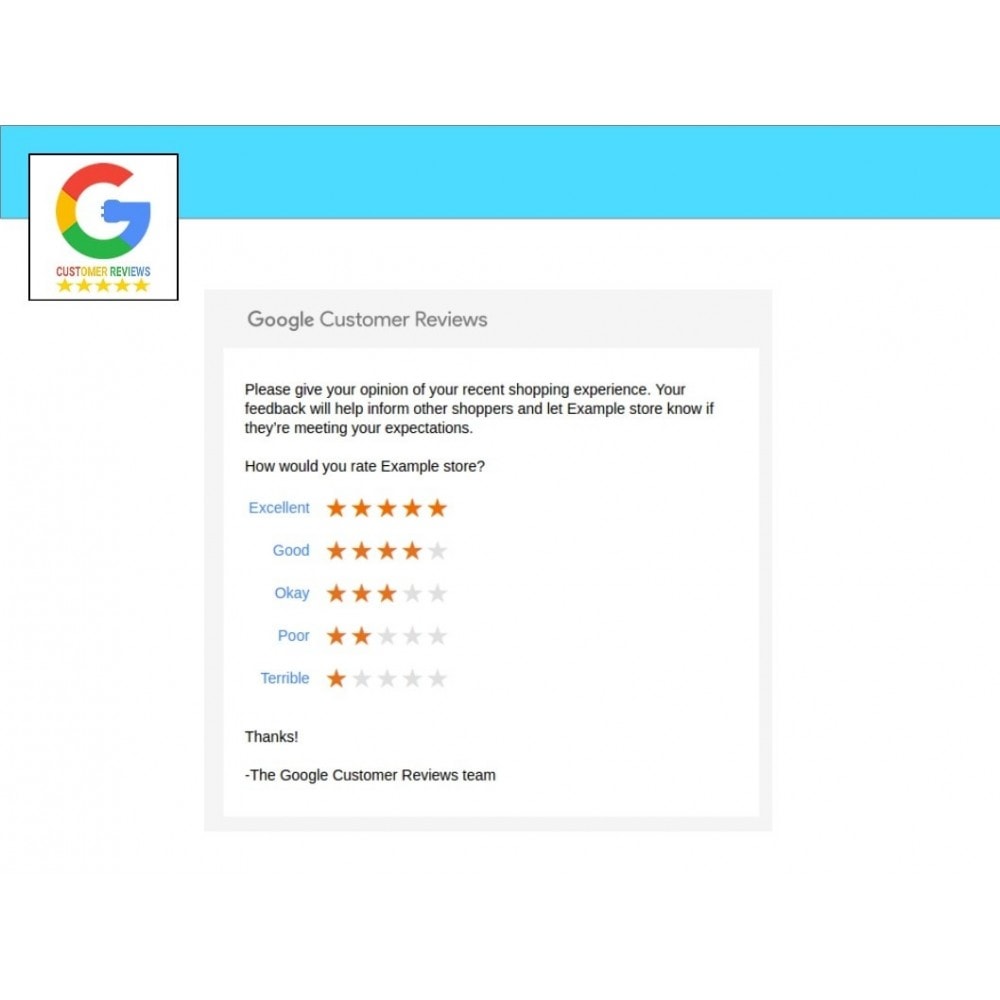
The health consumer report is an important tool for patients and physicians alike. The four main themes of the study for this year are: Optimism, Choices, Transparency, and Transparency. These themes are: Optimism. Choices. Transparency. Patient-generated data. These are essential elements to improve consumer satisfaction with healthcare.
Optimism
Optimism is associated with positive outcomes like improved health, well-being, and general well-being. It is also linked to coping strategies that focus on the positive aspects of stressful situations. The indirect effect of optimism is on the quality of your life. People who are optimistic report having a better quality of their lives than people who are pessimists.
Optimism can be associated with a healthier lifestyle. This includes better physical health and a stronger social support network. People who are optimistic tends to be more active, less likely to smoke, live with a partner, follow doctors more closely, and get better sleep. Despite these positive effects, there isn't any evidence that optimism is linked to a healthier lifestyle or a leaner body.
Choose from a variety of options
The Patient Protection & Affordable Healthcare Act (PPACA), created health insurance marketplaces that allow consumers to compare and select different types of health insurance plans. Many consumers do not have the knowledge necessary to make informed coverage decisions and end spending more money than they should. RAND researchers look at the literature in this report to assess whether consumers are making informed decisions about their coverage.

Consumer choice is key to improving the quality healthcare in the United States. Health consumer reports, which are based on the experiences of consumers with their healthcare providers, can be used to help them make informed decisions about their own health.
Transparency
There are several positive aspects to the Transparency in Health Consumer Report movement. This report allows consumers to easily choose a hospital or doctor based on ratings. It also gives them information about their provider's performance. However, there are risks. The report may contain complex information and jargon that consumers might not understand.
First, consumers may not make the best decisions when selecting a provider for their health. Due to the complexity of the health care system, patients are prone to select the most expensive provider. The quality of healthcare is not always reflected in the cost. Patients may have to pay prescriptions and facility fees, which can increase their bills.
Patient-generated data
Patient-generated data (PGHD), is data that has been collected by patients outside of a traditional healthcare setting. This data also includes information about health promotion and prevention. This broadens the definitions for health beyond the realm of wellness and illness. It includes information on prevention and health promotion activities. This data improves patient care through improved service and satisfaction.
These data can be obtained from various sources and can be used to provide health care. This data can include information about your personal health, like blood pressure readings or exercise information. It is important to note that patient-generated data should be distinguished from patient-reported outcomes measures.

Biopharma companies
Research to develop new drugs is a major focus of the pharmaceutical industry, which spends billions every year. But despite these investments, the price of prescription drugs in the U.S. is on the rise. Despite this, many Americans are willing to spend money, even if their medications don't really need them. Insulin is one example. It costs between $14 and $300 in the U.S., but only $6 to $30 in other nations.
The report looked at 35 large pharmaceutical companies that generate revenue from sales and generated EBITDA of $3.7 trillion. This was almost triple the amount of revenue generated by the S&P500. In contrast, profits at biopharmaceutical firms were lower than S&P 500.